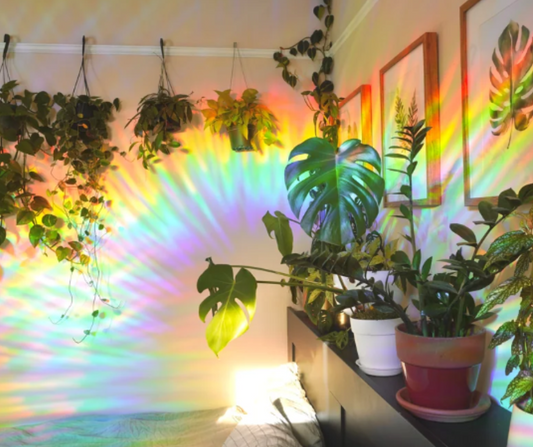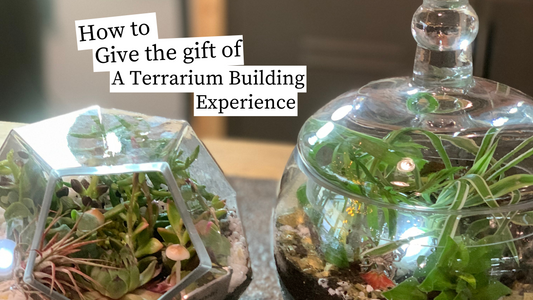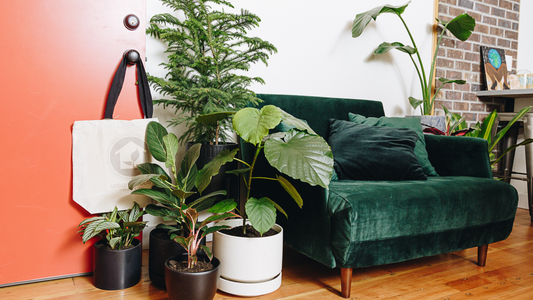In the fall and winter, natural light becomes less abundant as the tilt of the Earth sends sunlight along a more exaggerated angle through the atmosphere - this means that even if your plants still sit in as direct light as possible in winter and it seems fairly bright to you, it’s actually much weaker sunlight that’s been filtered much more than summer light is, therefore providing less benefit to the plant.
To cope with this seasonal change, most every plant has developed a method of going “dormant” over the cold months; the plants stop growing for the most part and just focus on making it through, storing nutrients where possible and ensuring that the plant is generally as comfortable as possible.
Because they won’t be doing much growing, they’ll require much less water. Some plants, like cacti, won’t want any water at all until spring! The number one mistake plant owners make in the winter is accidentally overwatering their dormant plants - the way around this is to double check the soil and the foliage before watering to ensure that the plants’ water storage is depleted and there’s no water left in the soil.
Now, leaving the soil to dry out completely isn’t going to be the right move - you’ll still want to keep that soil healthy over the winter so that the plant has access to any nutrients it might require to hold it over (and then to flower in spring). To that end, use some bacterial inoculant when you do water to replenish the bacterial populations of your soil.
If it comes down to keeping the plant warm or keeping the plant in a well lit area during the winter months, it’s much more important to keep the plant in as consistent a temperature as possible than it is to keep it well-sunned.
If you decide that you really just don’t want to move your plants away from a cold window, a warming mat is an excellent solution to the problem of consistent temperatures - warming mats keep the soil of the plants gently warmed, which prevents cold shock in the roots. Cold shock in the roots is a much more serious problem to have than any damage to the foliage, so if it comes down to cold feet or cold leaves, always choose cold leaves.
If you’re still worried about the amount of light your plants are getting, grow lights are inexpensive and fit into standard light bulb sockets - in fact, they look just like regular light bulbs!
Getting through the winter months can in many ways be a lot easier for plant parents than getting through the growing season can be because of the reduced upkeep, but only if the proper care is accounted for!




